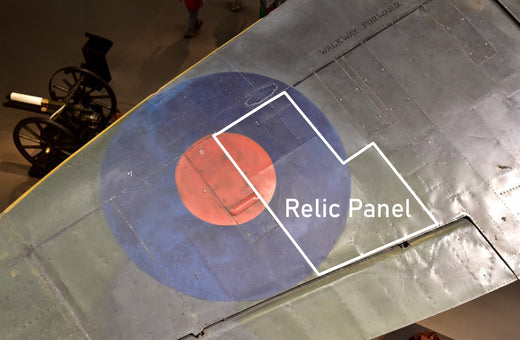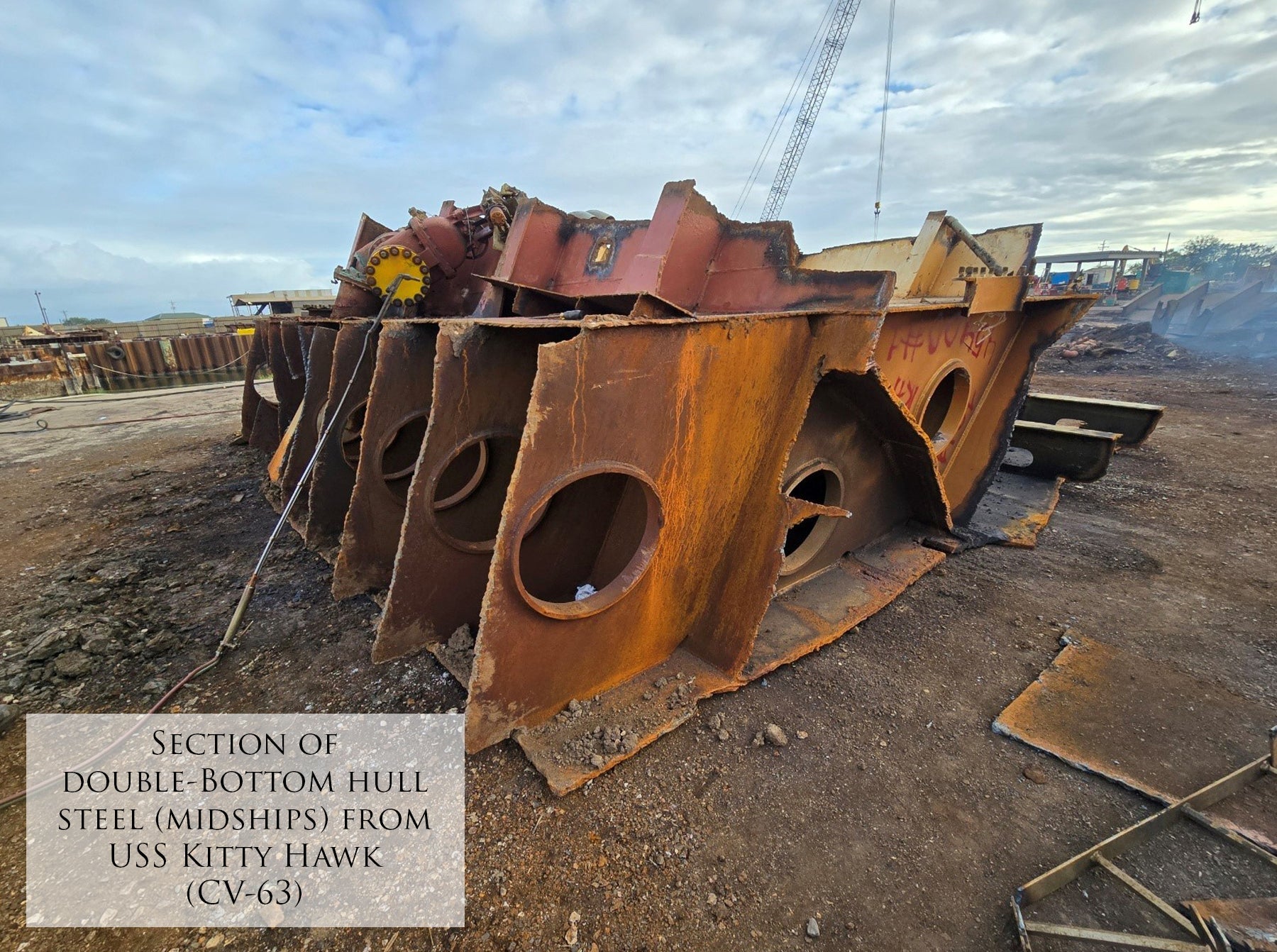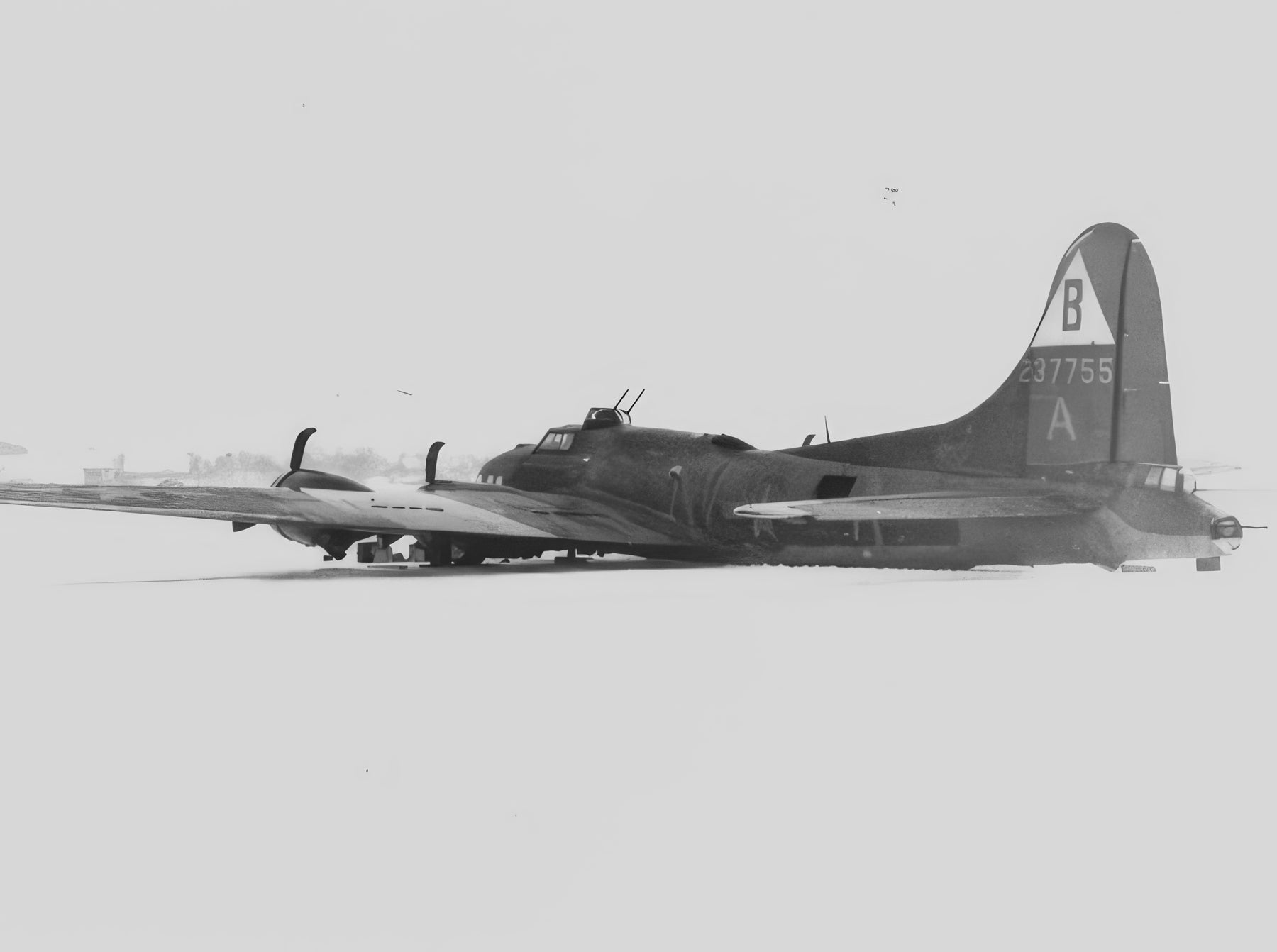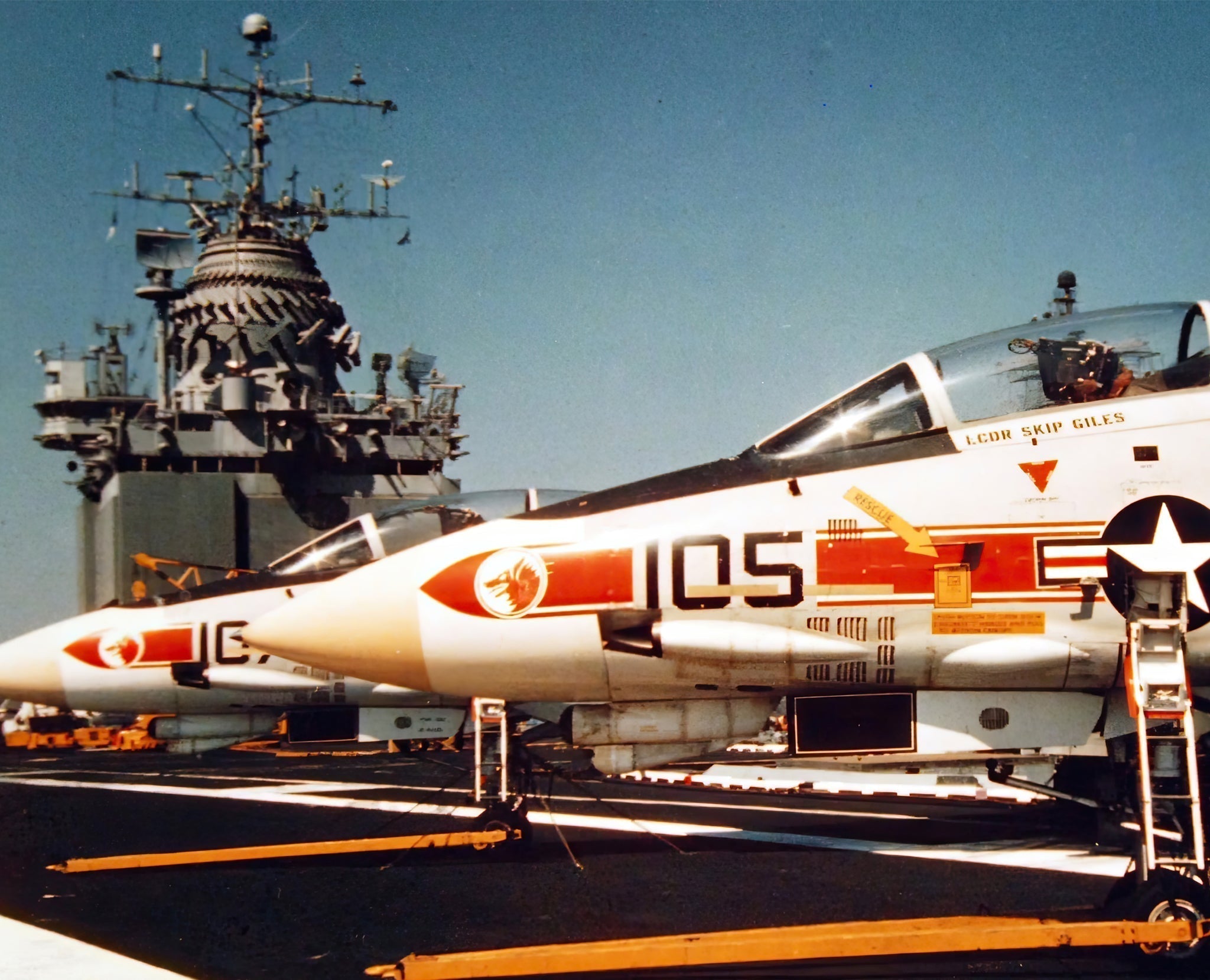This Fine Art Print by Artist Craig Tinder illustrates the graceful lines of the Supermarine Spitfire as it depicts Wing Commander Robert S. Tuck in flying formation as he prepares his unit for the Battle of Britain.
Details About the RELIC:
This aluminum relic is from Supermarine Spitfire Mk.Vb, AD391, flown by 313 Squadron. On February 23, 1942, the aircraft tragically crashed into the sea near the Royal Artillery Experimental Station in Shoeburyness, Essex. Eyewitnesses reported that the starboard wing touched the water, causing the aircraft to bounce twice before plunging into the sea. The wreckage remained submerged until it was recovered in the early 1980s.
 Panel from Spitfire AD391 used as relic in "Cannon Hit" limited edition print
Panel from Spitfire AD391 used as relic in "Cannon Hit" limited edition print
The authentic aluminum panel originates from the port wing, positioned between ribs 14 and 17. The large panel retains its original rivets and the paint from the national roundel markings, offering a glimpse into its wartime service. This relic, along with other Spitfire parts, was used in the restoration of Spitfire Mark LF/IX TE517, serving as a template for creating new wing panels to ensure the restoration’s authenticity.
 Outline of the above panel to denote location. Notice how the paint colors deteriorated from the saltwater, except for the red color.
Outline of the above panel to denote location. Notice how the paint colors deteriorated from the saltwater, except for the red color.
The Story Behind the Print:
After his return across the English Channel following the Battle of France, Robert Stanford Tuck prepared for the next chapter in his wartime service: the defense of Britain. As the Luftwaffe began to mass for the assault that would become known as the Battle of Britain, Tuck was already an experienced fighter pilot and an ace, having made a name for himself during the Battle of Dunkirk in May 1940. By this time, his tactical acumen and calm leadership were well-established, earning him a reputation as one of the RAF's most skilled and confident pilots.
During the Battle of Britain, Tuck’s role as a squadron leader was crucial, where he led his fellow pilots against the German air onslaught in the skies above England. His daring maneuvers and sharp instincts in combat resulted in numerous aerial victories, further adding to his status as one of the key figures in Britain’s air defense. He was credited with at least 27 confirmed victories by the end of the war, making him one of the RAF’s top aces.
Tuck’s combat career, however, was interrupted in January 1942 when, during a mission to bomb an alcohol distillery in occupied France, his aircraft was shot down by a German 20mm flak gun. Captured by the Germans, Tuck made several escape attempts during his time as a prisoner of war, demonstrating the same resilience and determination that had characterized his flying career. His persistence paid off in 1945 when he successfully escaped from captivity and made his way to the advancing Russian lines. By the time he reached safety, the war in Europe had come to an end, and Tuck returned to Britain a decorated and celebrated war hero.
Learn more about A Deep Dive into His Significant Role and Experiences during this Pivotal Moment in World War II Tuck in the Battle of Britain? Click Here
To purchase or see similar items, visit here.
Commissioned by Museums, Treasured by Collectors





Share:
Wings of Valor, the story behind "Cannon Hit"
Luxury Ship, the story behind "Maiden Farewell"